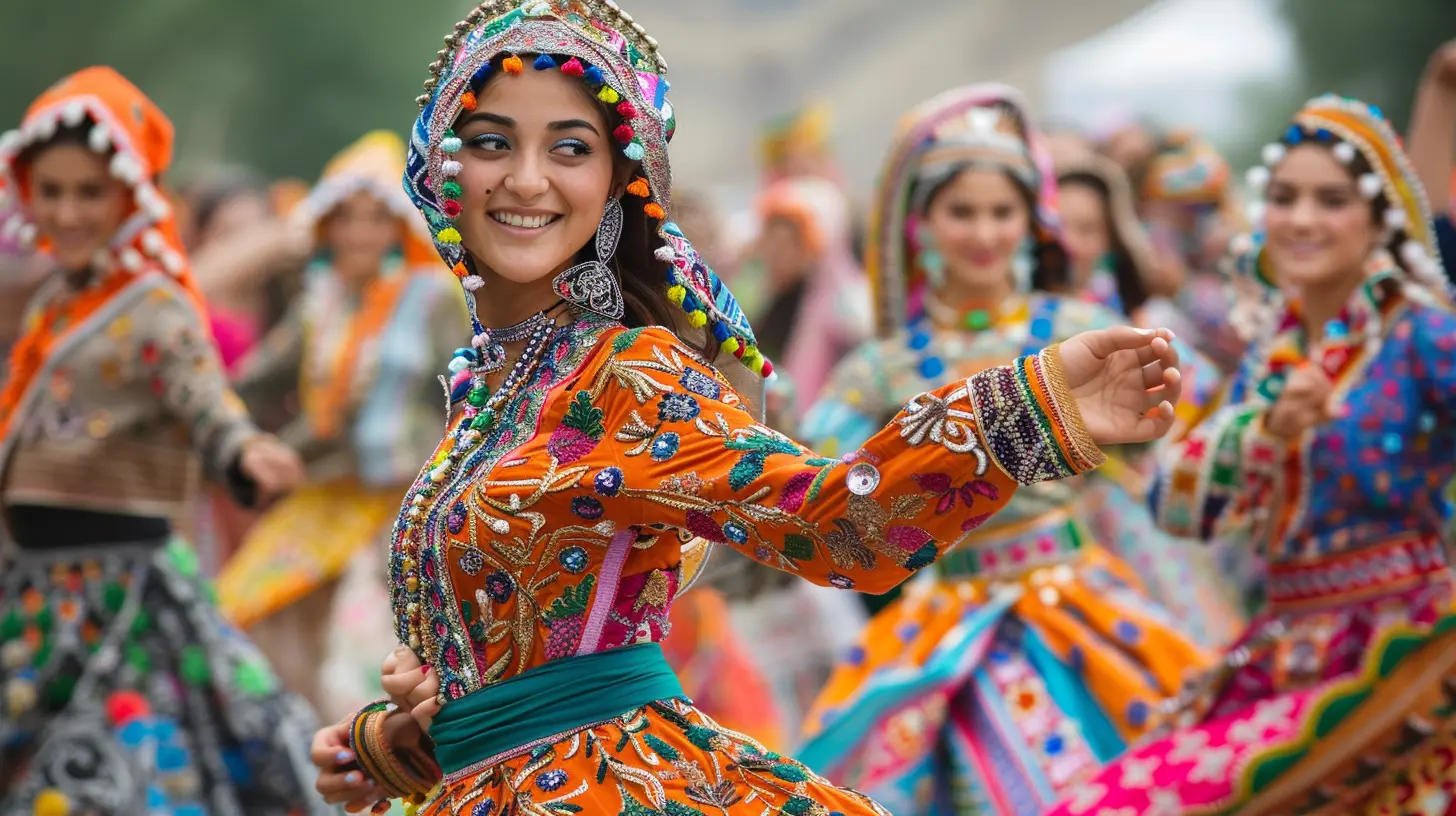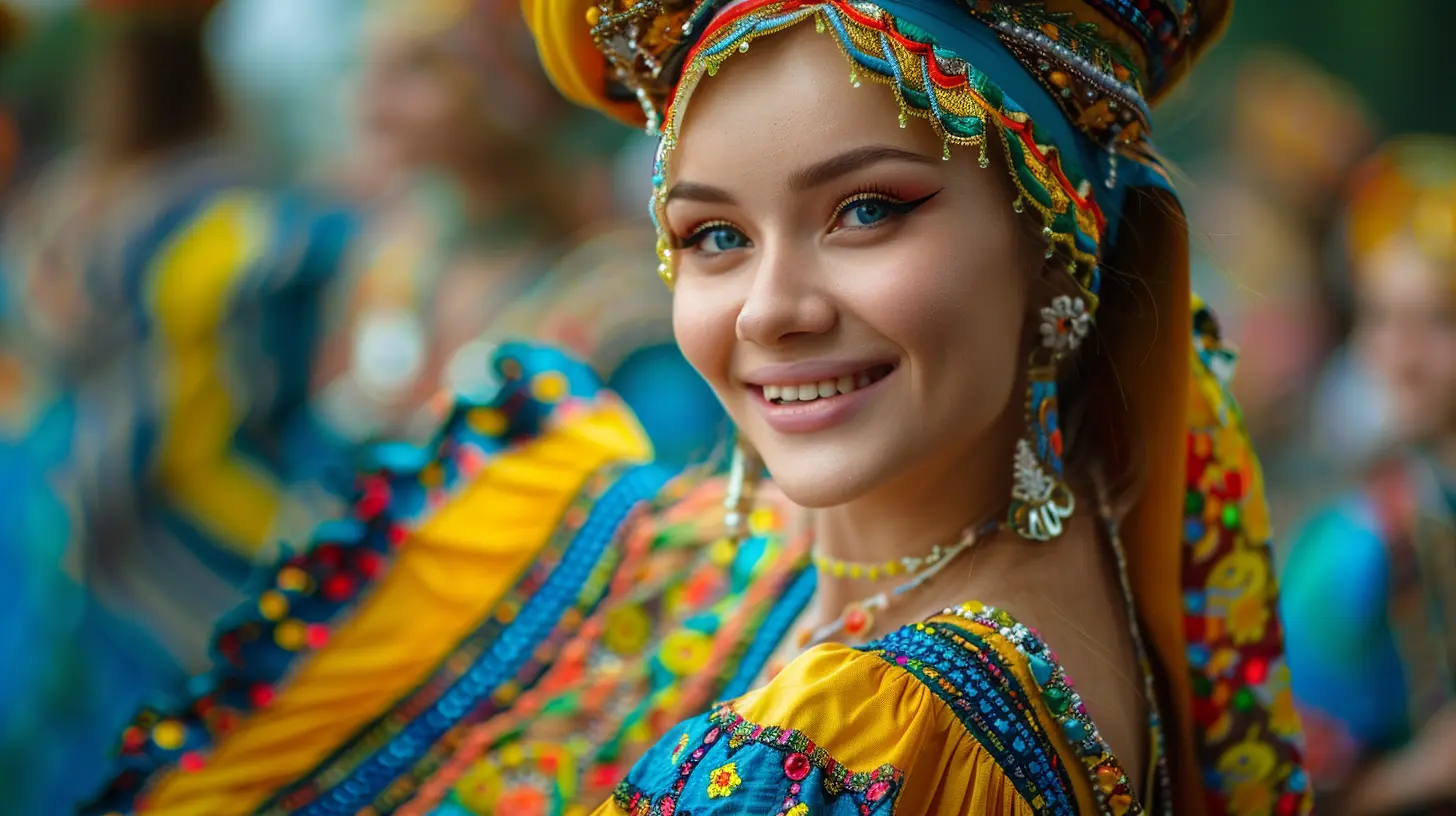The Universal Language of Dance in Cultural Festivals
23 November 2025
Dance—the raw, unfiltered expression of human emotion—transcends language barriers. It's a powerful way to celebrate identity, tell stories, and connect cultures. You don’t need to understand a specific dialect to feel the rhythm, sense the passion, or appreciate the sheer energy radiating from performers.
Across the globe, dance is a vibrant thread woven into the fabric of cultural festivals. Whether it's the pulsating samba beats of Rio's Carnival, the hypnotic twirls of whirling dervishes in Turkey, or the electrifying foot-stomping of Irish step dancers, every step tells a story. But what makes dance such an integral part of cultural celebrations? Why does it speak to everyone, no matter where they’re from? Let’s dive deep into this universal language that unites humanity. 
Why Dance is Universal
More Than Just Movement
Dance is more than coordinated steps or fancy costumes—it's an innate human instinct. Before humans developed complex spoken languages, they used movement to communicate. Look at kids: even before they can speak, they instinctively bounce to music. It’s coded into our DNA.Anthropologists have found evidence of ritual dances dating back tens of thousands of years. From ancient tribal ceremonies to modern-day festivals, movement has been a central force in expressing beliefs, emotions, and traditions.
No Translation Needed
Unlike spoken languages that require interpretation, dance is universally understood. The intense stomp of a flamenco dancer conveys fiery passion, while the slow, deliberate movements of a Japanese Noh performance exude grace and wisdom. No subtitles needed—just pure, unfiltered emotion.Dance has the power to unite audiences across cultures, making it a staple in festivals worldwide. It provides a connection that words often fail to deliver. 
Cultural Festivals & Their Iconic Dances
Carnival (Brazil) – The Rhythm of Freedom
Think of Carnival and one word comes to mind: Samba. This electrifying dance mirrors the heartbeat of Brazil, originating from African rhythms brought over by enslaved people. Today, it encapsulates Brazil’s vibrant spirit, combining fast footwork, expressive hip movements, and elaborate, jewel-encrusted costumes.During Rio de Janeiro’s Carnival, entire samba schools compete in a dazzling spectacle of color and sound, each telling their own story. It’s a high-energy, sensory explosion that needs no translation—just feel the beat, and you’re part of the story.
Flamenco Festivals (Spain) – The Sound of Passion
Flamenco is not just a dance; it’s pure emotion personified. With fervent foot stomps, dramatic hand claps, and heart-wrenching vocals, Flamenco is an art form that speaks of love, struggle, and triumph.Spain’s annual flamenco festivals, like the Feria de Abril in Seville, showcase this powerful dance in all its glory. Watching a skilled Flamenco dancer in action is like witnessing a battle between sorrow and joy—both expressed through soulful movement.
Holi (India) – The Dance of Colors
The Indian festival of Holi is a riot of colors, music, and, of course, dance. Here, movement is spontaneous, joyful, and uninhibited. Bollywood-style dance sequences unfold in every corner, blending classical steps with high-energy contemporary moves.There’s no structure—just free-flowing expression. Anyone can join in, making it one of the most inclusive dance celebrations in the world. If dance is a language, Holi is a wild conversation filled with color and laughter.
St. Patrick’s Day (Ireland) – The Irish Jig’s Legacy
Irish dance, with its lightning-fast footwork and rigid upper body, is an unforgettable sight. Rooted in Celtic traditions, it became famous worldwide through shows like Riverdance.During St. Patrick’s Day celebrations, groups of dancers—often in intricate formations—bring the spirit of Ireland to life through jigs, reels, and hornpipes. The precision of their steps, combined with the infectious rhythm, feels almost hypnotic. Even if you’ve never tried an Irish jig, you can’t help but tap your feet to the beat.
Powwows (North America) – The Dance of Heritage
Powwows are Indigenous North American gatherings where dance is a vital form of storytelling and cultural preservation. Each dance has a specific meaning, from the dramatic war dance to the elegant jingle dress dance, believed to have healing properties.The rhythmic drumbeats synchronize with the dancers’ movements, creating a powerful, almost trance-like connection to the earth and ancestors. Even for spectators who don’t share the cultural background, the emotional weight of these dances is undeniable. 
The Role of Dance in Cultural Identity & Connection
A Celebration of Heritage
At its core, dance is an expression of cultural identity. It preserves traditions, tells historical tales, and reinforces the customs that define a community. Generations pass down specific styles and steps, ensuring that the essence of a culture remains intact through time.Take Capoeira from Brazil, for example—it’s a fusion of dance and martial arts born from the struggles of enslaved Africans. Today, it’s not just a performance but a living testament to resilience and heritage.
Bridging Cultures
Ever seen people from completely different backgrounds try each other’s dance styles? There’s something magical about watching a non-Irish dancer attempt a jig or a European traveler lose themselves in an African tribal dance. These moments showcase the unifying power of dance—it breaks down barriers and fosters mutual appreciation.Dance festivals worldwide attract travelers eager to experience new cultures firsthand. Whether by participating in a traditional dance workshop or simply joining a street performance, outsiders become part of the celebration rather than just observers.
Healing & Spirituality
For many cultures, dance isn’t just entertainment—it’s a deeply spiritual act. In Indigenous cultures, dance is often linked to healing ceremonies. In the Sufi tradition, whirling dervishes spin in meditative movements to connect with the divine.Even in modern society, dance therapy is recognized for its mental and emotional healing benefits. Movement releases emotions, helping individuals process trauma, relieve stress, and reconnect with themselves. 
The Future of Dance in Cultural Festivals
In an age of globalization, dance is evolving. Traditional styles are blending with contemporary influences, creating exciting new forms. Festivals worldwide are incorporating fusion performances—like hip-hop-infused Flamenco or Afrobeat-inspired Bhangra.Social media has also played a huge role in dance’s popularity. Viral dance challenges introduce traditional moves to modern audiences, bridging generational and cultural gaps. A centuries-old folk dance can, in just a few clicks, become a global sensation.
But no matter how much dance evolves, its essence remains the same—it’s a language of storytelling, expression, and unity. The rhythm may change, the style may adapt, but the message stays universal.
Final Thoughts
Dance is the heartbeat of cultural festivals. It has no borders, no language barriers—just raw emotion that anyone can understand. Whether it’s an intricately choreographed performance or a spontaneous street celebration, dance connects people in ways words never could.So, next time you find yourself at a cultural festival, don’t just watch—join in. Feel the rhythm, let go of inhibitions, and become part of the universal conversation. After all, in the grand dance of life, we’re all participants.
all images in this post were generated using AI tools
Category:
Cultural FestivalsAuthor:

Tracie McAdams

